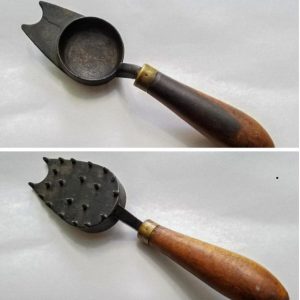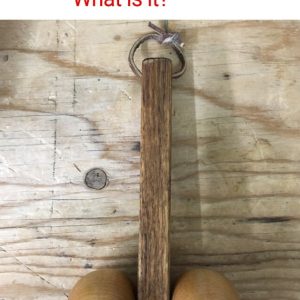Ever walked past a pair of worn-out stone blocks near an old sidewalk and didn’t think twice about them? You’re not alone. Most folks see them as nothing more than random rocks — weathered, chipped, and forgotten by time. But those humble stones were once VIP tools of the 18th and 19th centuries. They’re called carriage steps or mounting blocks, and they were as essential to daily life back then as car keys or elevators are now.
Let’s take a walk back in time and uncover why these stones were once the unsung heroes of horse-and-buggy transportation.

What Were Carriage Steps Used For?
Imagine trying to climb into a tall, swaying horse-drawn carriage — no running boards, no handles, no doors that swing open with a beep. Now imagine doing that in full Victorian dress, corsets and all. That’s where carriage steps came in.
These heavy stone blocks were placed near curbs, home entrances, and public buildings to give people — especially women and older folks — a literal step up. Getting in and out of carriages without stumbling or getting your clothes filthy was no easy feat. These stones made it possible with grace and safety.
You could say they were the original “step assist,” long before SUVs and sideboards existed.
Video: Teaching your horse to line up at the mounting block alone and stand still while you mount step 2.
Why These Stones Were a Big Deal in the 1800s
To understand their importance, picture city streets back then: muddy in the rain, dusty in the summer, icy in the winter. There were no paved roads or protective canopies. People wore layers of fabric, not leggings and sneakers.
So why did these stones matter so much?
- They kept people safe. Trying to hoist yourself into a carriage without support could lead to slips and falls — not ideal in an age before modern medicine.
- They protected clothing. Back when laundry was a multi-hour affair, keeping dresses and trousers off the dirty ground was a priority.
- They were a status symbol. Wealthier homes had personalized steps, sometimes engraved with family names or initials. Think of it as 1800s curb appeal.
These stones weren’t just helpful. They were part of a lifestyle — a smoother, classier way to travel before the automobile took over.
What Do Carriage Steps Look Like Today?

Don’t expect anything flashy. Carriage steps are often just large, rectangular blocks of granite or limestone, sometimes stacked two or three high. Over the centuries, they’ve weathered down — softened by time, chipped by boots, and half-swallowed by sidewalks.
Still, there are a few telltale signs:
- Rounded edges from decades of use
- Carvings or initials etched into the side
- Unusual placement — like right next to a historic home or church
- Worn grooves where foot traffic was heavy
You won’t find a neon sign pointing them out, but once you learn what to look for, you’ll start spotting them in all kinds of places.
Where Can You Still Find These Hidden Relics?
Video: How NOT to use a mounting block…
The good news is — these aren’t extinct. You can still find carriage steps scattered across the U.S., especially in older towns and cities. Want to see one up close? Try exploring:
- Historic downtowns in New England, like Salem or Boston
- Southern plantations or antebellum mansions with preserved grounds
- Old churches or courthouses that date back to colonial or early American days
- Private gardens or yards where the stone’s been repurposed for decor
Sometimes they’ve been moved or reused as garden ornaments, but many are still in their original spots, quietly reminding us of a bygone era.
Stories These Stones Could Tell

Here’s the romantic part. These aren’t just tools — they’re storytellers.
That stone you passed today? It might have supported the foot of a woman headed to her wedding, or a soldier returning from war. A child might’ve climbed it to watch a parade go by. A politician might’ve used it on their way to make history inside a courthouse.
In some towns, you’ll find engraved family names on the stones — a subtle, permanent marker of who lived there and how much pride they had in their homes.
Standing next to one of these relics is like touching the edge of time. They’re solid, silent, and soaked in memory.
Most People Walk Right Past Them… Do You?
Here’s the wild part — nearly everyone misses them. They’re hidden in plain sight, blending into the scenery like background noise. But if you’re part of the 1% who recognize these stones for what they are, you’re in on a beautiful historical secret.
The next time you’re wandering an old neighborhood and see a strange stone near the curb — stop and take a closer look. You might just be standing on a piece of history.
Conclusion: The Stones That Stepped Us Into the Future

Carriage steps may be relics now, but they were once daily necessities. They helped people travel safely, preserved dignity in tricky weather, and served as quiet symbols of elegance and status.
Today, they remind us of a time before pavement and parking meters — a time when the world moved slower, horses lined the streets, and people relied on something as simple as a stone to lift them up.
So next time you see one, don’t just walk by. Pause. Touch it. Imagine the stories it holds. And smile, knowing you’re one of the few who actually noticed.


